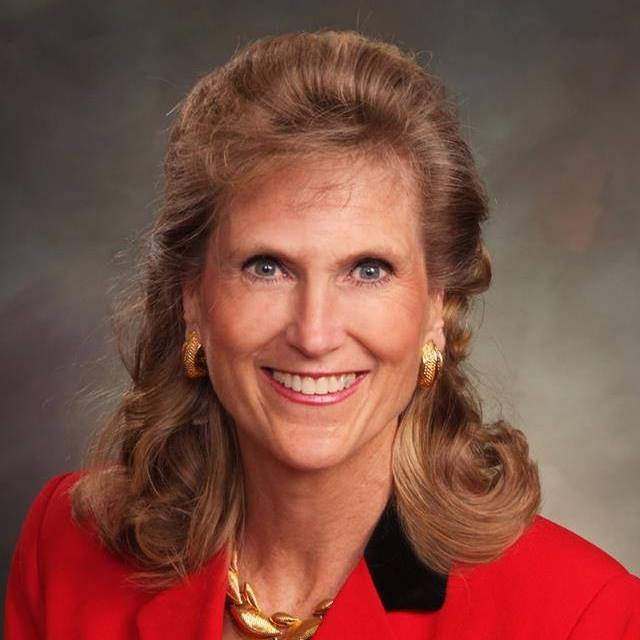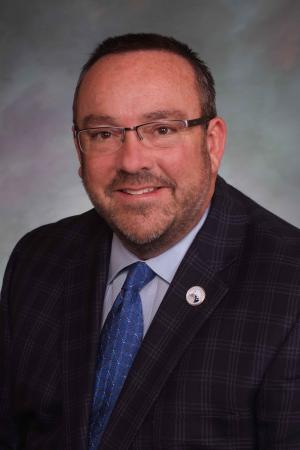DENVER — The fiscal sequestration order imposed by Gov. Jared Polis late Thursday, has some lawmakers shaking their heads and calling foul, saying it’s the legislature that should be deciding what should be cut during the state’s current economic struggles.

A fiscal sequestration is a hard cap set on government spending, usually within broadly defined categories. However, Polis released a line item plan that includes cutting programs he was advocating be cut before he shut down Colorado’s economy in response to the coronavirus.
The spending reductions outlined in the order are only dent in the state budget, which hovers around $32 billion. Much more needs to be addressed, said Sen. Jerry Sonnenberg, R-Sterling.
“They have created the perfect storm by shutting down the oil and gas industry last year which means less tax revenue and then shutting down businesses which means less sales tax and income tax,” Sonnenberg said. “His savings are under $300 million, which is still short around $2.7 billion.”

Laura Larson, the director of the Office of State Planning and Budgeting, said in a letter on Thursday that spending for the current fiscal year needed reduced by at least $228.7 million “to attempt to maintain the statutory reserve requirements.”
Larson said new revenue projections are likely to force the state to use at least one-half of the general fund reserve and that the line item reductions outlined by Polis are a “targeted and practical approach to reduce spending, with the least possible impact to state programs and services.”
Representatives Hugh McKean and Perry Buck said not so. Both lawmakers said Polis’s order amounts to the governor legislating from his home in Boulder and, once again, picking winners and losers.

“I hate to keep putting it that way,” Buck, a Windsor Republican said, “but that is what it is. We have got to get back to work so the governor cannot continue to think he can do our work.”
Buck was referring to the State Legislature, which has been in emergency adjournment and is currently scheduled to return May 18.
“The legislature should have a say in making the decision of cuts or spending,” Buck said. “Since 2009, state government has grown 30-40 percent, and the fat needs to be cut. Where the government decides to cut and spend money is not his decision.”
The order only applies to the current fiscal year, but Larson made it clear the declining revenue forecast will also reduce the funds available for the 20-21 fiscal year and will impact budget setting that is currently taking place. She said any further reductions will be provided after future revenue forecasts.
The cuts outlined include:
- Department of agriculture: $200,000.
- Department of corrections: $2.9 million.
- Reimbursement to private contract facilities housing offenders, $1.4 million.
- Office of Economic Development and International Trade: $792,000.
- Department of Education: $705,000.
- Department of Health Care Policy & Financing: $185.7 million.
- Multiple areas in the budget for Medicaid services, $183 million.
- Department of Higher Education: $2.4 million.
- Short-term disability for administration, $1.1 million.
- Department of Human Services: $22 million.
- Division of Youth Services Institutional Programs Personal Services, $362,000.
- Division of Youth Services Community Programs Personal Services, $218,000.
- Division of Youth Services Medical Services, $888,000.
- Division of Youth Services Instructional Programs Educational Programs, $617,000.
- Division of Youth Services Institutional Programs Educational Programs, $1.8 million.
- Division of Youth Services Administration Personal Services $361,000.
- Grand total Division of Youth Services, $4.2 million.
- Office of Information and Technology: $5.7 million.
- Department of Local Affairs: $1.8 million.
- Department of Military and Veterans Affairs: $572,000.
- Department of Natural Resources: $835,000.
- Department of Personnel and Administration: $526,000.
- Department of Public Health and Environment: $516,000.
- Department of Public Safety: $2.8 million.
- Safe2Tell program, $45,000.
- Colorado State Patrol, $100,000.
- Colorado Bureau of Investigation, $344,000.
- Division of Criminal Justice Juvenile Justice and Delinquency Prevention, $649,000.
- Department of Revenue: $1 million.
McKean, a Loveland Republican, said what is missing from the cuts is just as telling as what is included.

“Nowhere in that order do we see a hold being placed on all day kindergarten,” McKean said. “Not that it is not a good program, but it was $175 million, that is extremely expensive, and it has not been rolled out in all the districts yet. All those dollars have not been spent. It’s money that has not been spent that needs to go to another purpose.”
Both Buck and McKean said the list of expenditures favors the agenda of the governor, and just as the rest of the state is making sacrifices, so too should Polis.
Other questionable areas the two pointed out were the $1.4 million cut to reimbursements for private prisons, a $4.2 million cut to the Division of Youth Services and the largest cut of all, a $183 million cut to Medicaid, which McKean said legislators are continually told is a nondiscretionary account.
“It shows there have got to be efficiencies in that department that they can do away with,” McKean said. “That is terrific. Let’s do more of that.”
The cuts to the Division of Youth Services, however, disturbs McKean the most.
“It the largest single cut anywhere in the sequestration,” McKean said. “Are we getting rid of the department? Are we repurposing the employees? If it’s not a tangible benefit that would make us go back and reinstate those dollars at a later time, what is the analysis of why that department was eviscerated. I want to know what the bigger story was about that cut.”
Buck and McKean also said if there is any upside to the budget cuts, it will force government to prioritize what should and shouldn’t be funded.
“We have a lot of federal funds coming in,” Buck said. “It’s the legislature’s job to make sure the governor doesn’t use that money to backfill his programs.”
McKean added the crisis now reminds him of the good budget years when Republicans wanted to put away the extra funds rather than spend them.
“Now we’re cutting like crazy so that we don’t cut into reserves that we could have bolstered in the good times,” McKean said. “Hopefully we get down to what it really takes to run this state. This is the perfect chance to get Democrats on board with what Republicans have been saying for years: Get the state to deliver exactly what it has to deliver as a government.”


